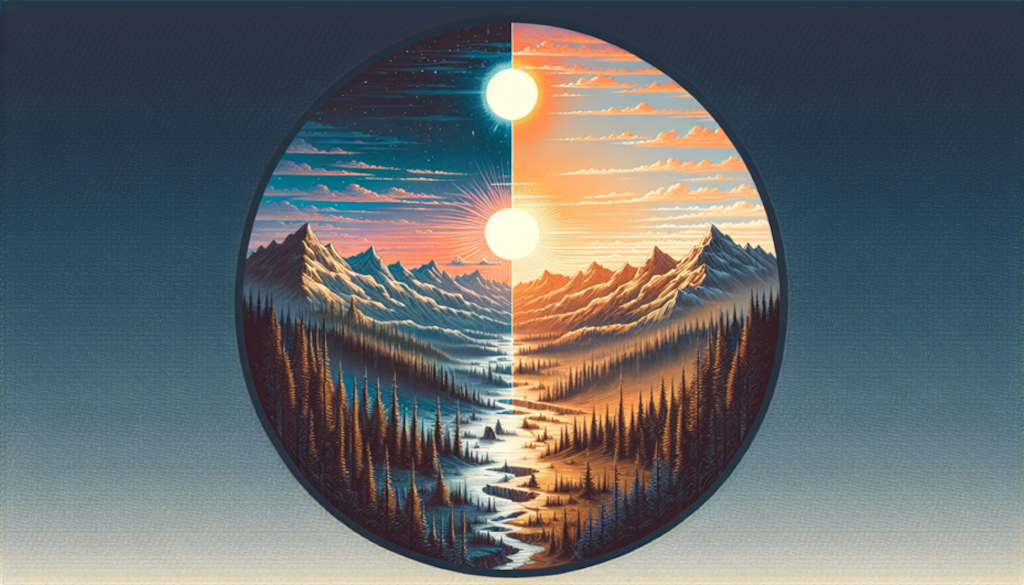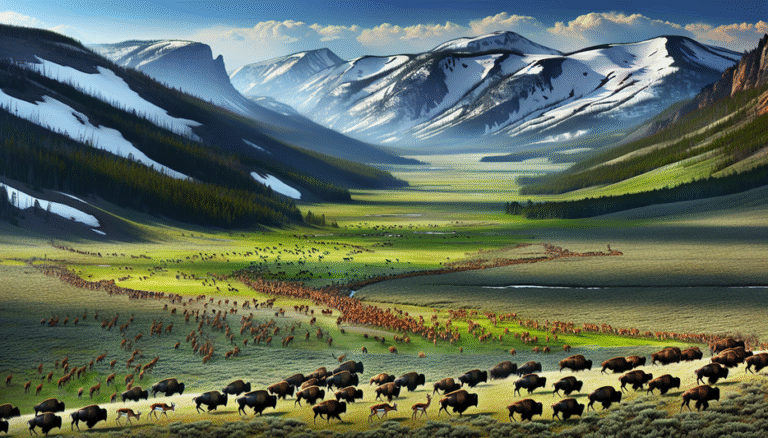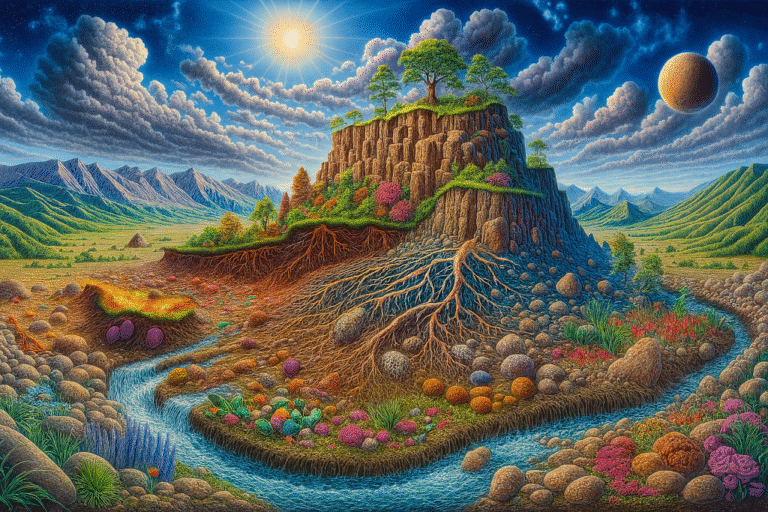You’ve probably heard it somewhere: “The solstice is the longest (or shortest) day of the year.” But have you ever wondered—what about the days right before and after? Are they mirror images on either side of nature’s grand turning point?
Turns out, they’re not. And that tiny detail opens up a fascinating look at how our planet works, why solstices aren’t what many assume, and how nature never quite follows perfectly straight lines on a calendar.
Wait… aren’t solstices and equinoxes the same thing?
Nope. That mix-up causes more confusion than you’d think.
- Solstices are about extremes—either the most daylight (summer solstice) or the least (winter solstice).
- Equinoxes happen when day and night are nearly equal in length, usually around March 20 and September 22.
So if you’re looking for the day when the sun rises and sets exactly 12 hours apart, that’s the equinox. Solstices are the bigger headline-makers—but they don’t mean “equal” anything.
Here’s where it gets weird: the solstice isn’t a symmetrical pivot point
In school, we’re often told the solstice is the cutoff point—after that, the season “flips.” After June 21 in the northern hemisphere, days get shorter. After December 21, they get longer.
True? Yes. But it’s not instant. The day length doesn’t drop off a cliff.
Think of it like hitting the top of a roller coaster. You pause at the peak. The motion hasn’t reversed yet—it’s just about to. The change is subtle… almost imperceptible. For several days before and after the solstice, the amount of daylight barely shifts.
Example: tracking sunrises around the summer solstice
I looked at sunrise times in Seattle over a full week around the June solstice. Here’s what came up:
- June 18: Sunrise — 5:10 AM
- June 20: Sunrise — 5:11 AM
- June 21 (solstice): Sunrise — 5:11 AM
- June 22: Sunrise — 5:11 AM
- June 24: Sunrise — 5:12 AM
Notice something? No big shift. In fact, the earliest sunrise in 2023 occurred before the solstice, and the latest sunset happened a few days after.
This happens because sunrise and sunset times don’t change in perfect unison. They drift apart and come back together at different rates—a result of Earth’s axial tilt and its elliptical orbit.
Why does this even matter?
Because if you’ve ever thought, “The days aren’t getting shorter yet!” in late June—or noticed it’s still pitch dark at 7:15 AM in early January—you’re not imagining things. Nature doesn’t obey the calendar as precisely as we expect.
Understanding this gives you a deeper sync with the seasons. You start to feel the shift in light, not just check it on a phone app.
But wait—here’s the twist most people miss
Did you know the earliest sunset happens before the winter solstice, and the latest sunrise happens after it?
This means the period of shortest daylight isn’t just one single day—it stretches out longer than you think. The “shortest day” is more like a slow-motion turn, with a wide curve instead of a sharp corner.
So what can you take from all this?
Don’t fall for the myth that solstices are symmetrical mile markers. They’re more like the crest of a hill — with gentle slopes on both sides.
And the next time someone tells you the days on either side of a solstice are equal, you’ll know—close, but not quite. There’s always more sunlight (or less) dancing just beneath the surface.
The universe is constantly shifting, pivoting in near imperceptible ways. Sometimes, change is quiet—and that’s the kind that sticks.




Leave a Comment